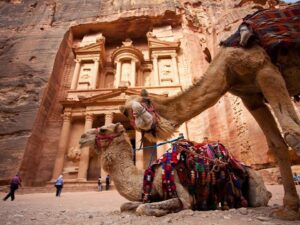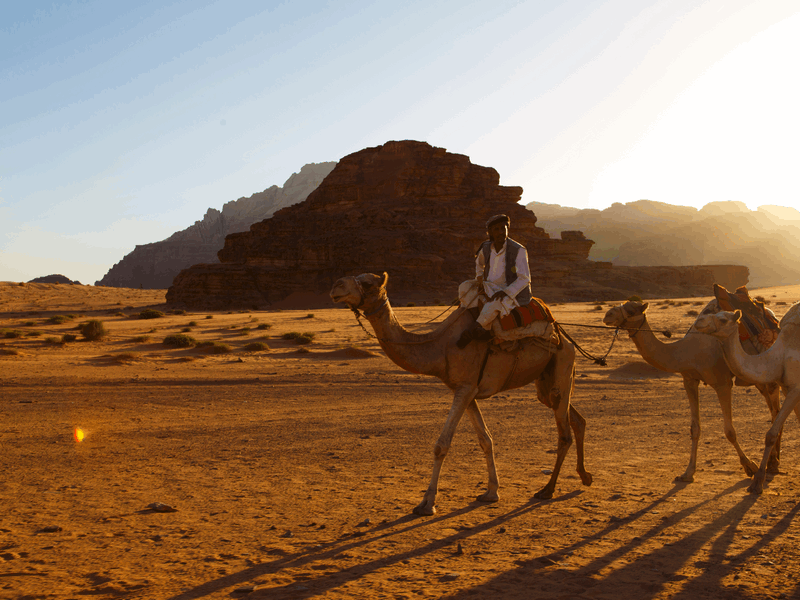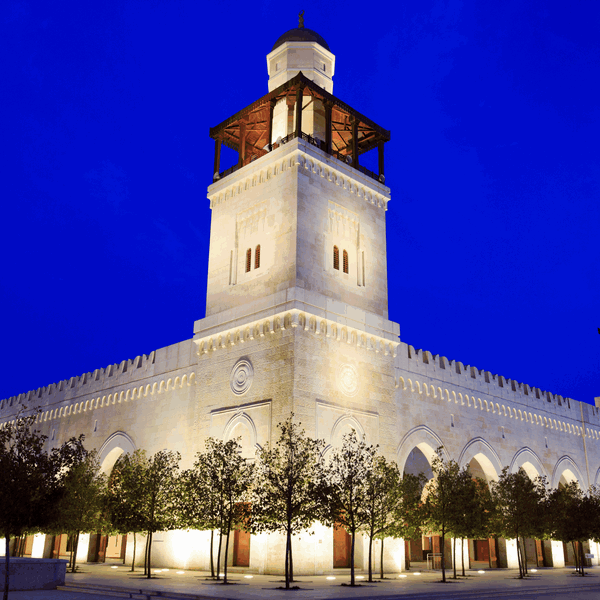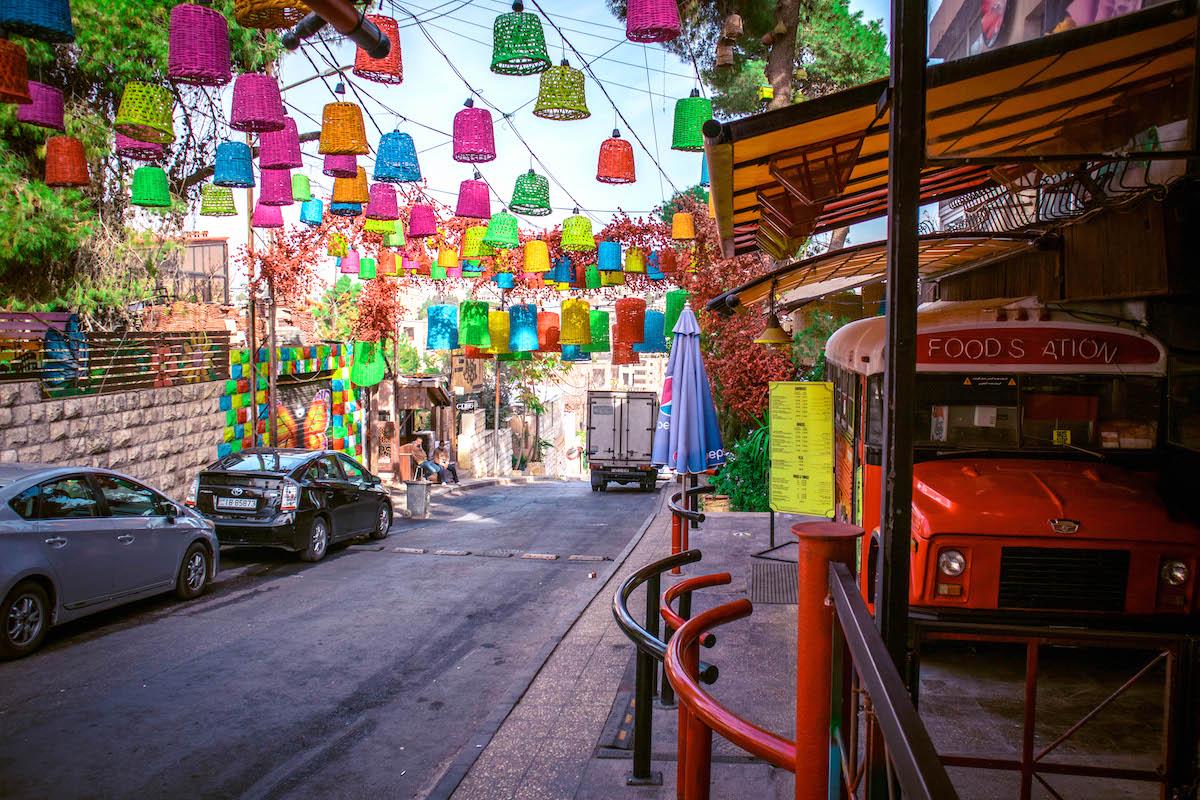Table of Contents
TogglePetra, a mysterious ancient city of Jordan
Petra, is the Crown Jewel of attractions and sites in Jordan, Petra, certainly is the jewel of Jordan. It is a mysterious ancient city that was hidden throughout modern history until being rediscovered by John Lewis Burckhardt back in 1812.
Interesting facts about Petra
The city was lost for so many years because the Bedouins kept it a secret from them. They saw the city as a place to live during the winter and stayed until 1984. In the same year Petra was declared a World Heritage Site by UNESCO.
The beautiful nature of life in Petra, and the Arabian Bedouin culture, attracted many travellers to stay and live in Petra. And even marry a Bedouin and start a family there. One of the most famous examples is the New Zealander author Marguerite van Geldermalsen. She lived with her Bedouin husband Mohammad Abdullah in his Bedouin cave in Petra. She wrote a book about the cave in Petra (Married to a Bedouin).
Most of the city is still underground
Petra is vast, the city spreads over 264 Kilometres. However, this remains only 20 percent of the city. As most of Petra is still underground yet to be discovered. Excavations has been re-established back in 2004 with slow process to maintain the authenticity of the city. Some of the newly found sites in Petra are the tombs under the treasury. It is worth to mention that the excavations have reached the original ground level during the Nabatean period in some places. Astonishingly they had to dig around seven metres deep.
The Treasury, which is the first site you see after the end of the Siq (Path to Petra) got its name from the Bedouins, as it was believed that there was a treasure hidden in a jar at the top of the Treasury. These days you can see bullet holes in the Siq as you walk by before reaching the treasury. There are different theories about the treasury and the reason for it. Most of archaeologists suggest that it was a temple and a royal tomb for King Aretas VI. Unless excavations reveal new leads.
Arab Nabateans built the city

But lets not forget the people who built the city, the Arab Nabateans. The most famous fact about them is that they were traders. However, the Nabateans also pioneered in engineering and agriculture. One of the best examples on their brilliance in engineering was not only the carved city itself but the intelligent water system and channels throughout the city. Where water channels start from the top of Wadi Mousa (Moses springs) stretching around 10 kilometres to reach Petra, with water channels throughout the Siq to the end of the city. There they had tanks carved in stone to preserve water.
Another example on their brilliance in engineering is that most of the city doesn’t get wet when it rains! Because when they carved the façade it was carved inside the mountain leaving some rocky overhangs to protect the buildings from the rain. And in other cases there were water channels carved on the top of the façade to redirect rainwater to prevent water damage to the rocks.
As for agriculture, Nabateans managed to make use of the land in-between Petra and Beidha (little Petra, which is another Nabatean site) to reach self-sufficiency in agriculture despite the harsh nature of the area by carving water channels and tanks to gather rainwater, if only modern day cities were built like this!





